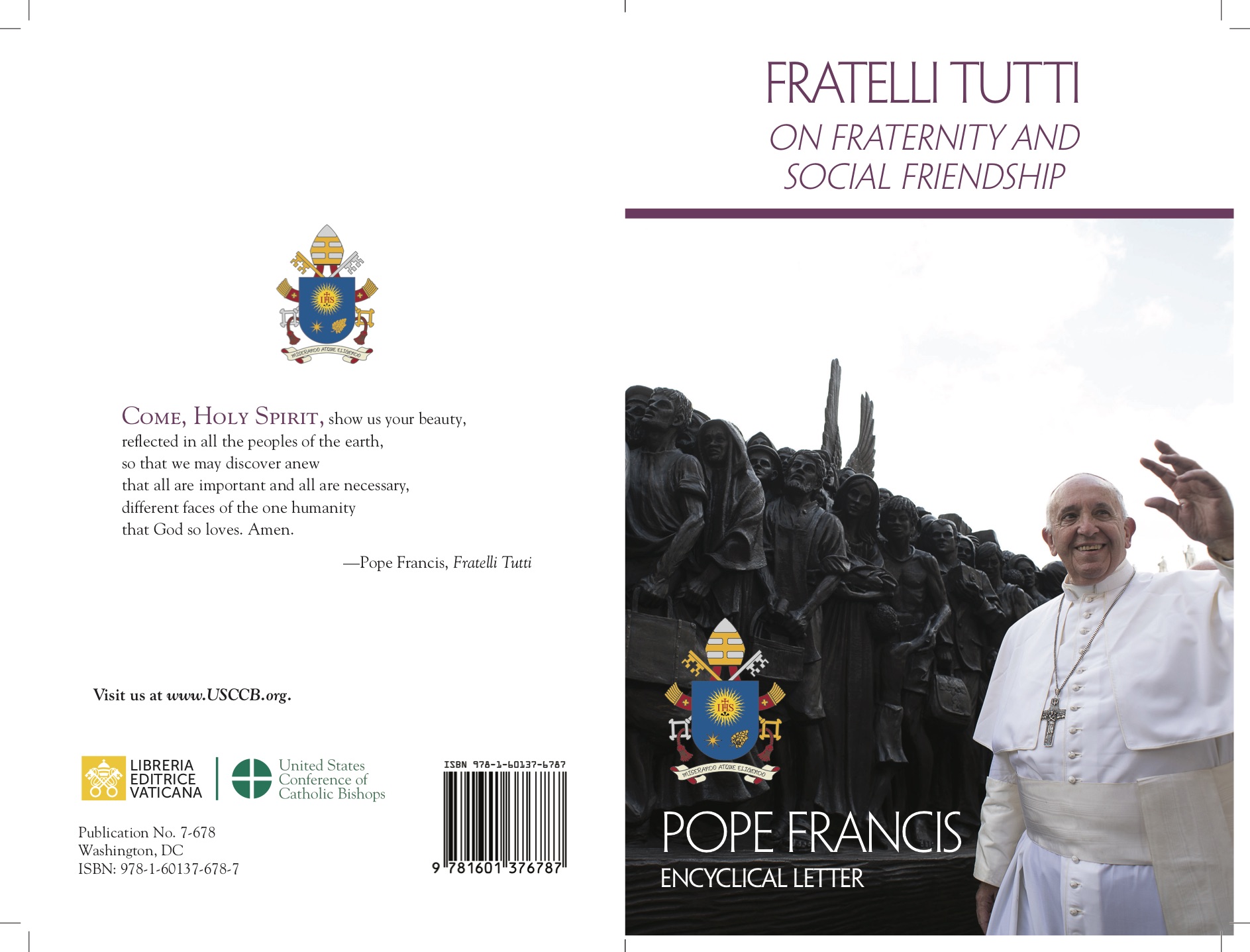
by Emanuela Genovese
«Woman is the one who brings beauty into the world… She brings the grace that makes all things new». These words from Pope Francis perfectly introduce the symbiotic and visceral relationship between the feminine and the seventh art. As a bridge between the visible and the invisible, the “feminine” in auteur cinema becomes the privileged path to transcendence, to an intimate space where the divine manifests itself through the fragility of the human condition.
Through the works of filmmakers from around the world, whether they be gnostic or agnostic, atheist or believer, a red thread emerges that links women to spiritual seeking, inner struggle, and the revelation of grace. In the films of great directors, women are not simply characters, but figures that embody mystery, redemptive suffering, and, at times, the radical otherness of God.
Sacrifice and rebellion
The great Russian filmmaker, Andrei Tarkovsky, often associated the feminine with memory, nostalgia, and sacrifice. In his film The Sacrifice (1986), Maria, the wife of the protagonist Alexander, stands out through her quiet resilience, which is a form of acceptance that echoes Marian iconography and spirituality. Maria does not resist the fate looming over her family, which is the threat of nuclear war and the collapse of existential order. Unlike other characters who react with anguish, hysteria, or flight, Maria remains steadfast, embracing pain and uncertainty with an almost supernatural calm.
Her posture recalls the figure of Mary at the foot of the cross; the silent witness to her son’s sacrifice. Similarly, in Stalker (1979), the final monologue by Stalker’s wife is a profession of faith in love as the only force capable of resisting chaos.
Italian director Liliana Cavani, in Francis of Assisi (1966) and Beyond Good and Evil (1977), explores mysticism through women who defy convention: Clare of Assisi, who embraces poverty as a form of freedom (also portrayed in Chiara by Susanna Nicchiarelli), and Lou Salomé, who seeks truth beyond dogma. For Cavani, the feminine is a prophetic, destabilizing force, like the rebellious saints of Christian tradition.
The place where grace manifests
In Krzysztof Kieślowski’s work, a woman is never simply a character; instead, she is often a vehicle for metaphysical questions, a liminal figure between the visible and the invisible, between fate and freedom, between body and transcendence. In many cases, she is the human face of mystery.
In the Three Colors Trilogy, the Polish director places female figures at the center, and these women pass through pain and loss, and who, through trauma, come into contact with a deeper and therefore spiritual dimension of existence.
In Blue (1993), Julie (played by Juliette Binoche) loses her husband and daughter in an accident and tries to erase every connection, every memory. However, it is precisely in her attempt to dissolve herself that she begins an inner journey. Julie discovers that absolute freedom is emptiness, and that only connection with others, with compassion and love, does it allow her to rediscover meaning.
Here, spirituality is not religious, but radically human. It is made of grief, silence, music, sudden visions, and the woman protagonist is the figure through which all of this becomes incarnate.
In Red (1994), Irène Jacob plays Valentine, a young woman who embodies compassion, while listening, and caring for others. Her encounter with a misanthropic judge transforms them both. She neither preaches nor judges, she just listens. It is this listening that becomes a spiritual act.
In Kieślowski’s cinema, where physical churches are almost absent, women themselves become the very place where grace manifests. They do not preach, they act. They do not explain, they feel. They do not dominate, they make themselves vulnerable. Their strength lies in compassion, in the ability to embrace mystery without needing answers.
In his religious phase, Roberto Rossellini entrusted women like Ingrid Bergman (in Europe '51, 1952) with the role of Christophora: Irene, a bourgeois woman who discovers sanctity among the outcast, becomes a modern Teresa of Ávila, maddened by love.
Yet this spirituality is not mystical in the traditional sense, Instead, it is embodied in simple gestures, in work, in waiting, and in patience. In Ermanno Olmi’s films, women are often silent but central presences, guardians of an ethic of doing and feeling, which manifests in the concreteness of everyday life. In The Tree of Wooden Clogs (1978), for instance, women care for the family, support their husbands, and raise children, but they are also the ones who preserve faith, who pray, and who transmit values more than words. In films like The Profession of Arms (2001) or One Hundred Nails (2007), although the protagonists are male, it is through their relationship with a woman that the possibility of another path emerges, which is a non-violent, humane, and merciful one.
In the list of films just mentioned, we cannot fail to mention Tokyo Story (1953), where Japanese director Yasujirō Ozu -though not Christian-, crafted a portrait of female self-sacrifice. In the film, Noriko, the devoted daughter-in-law, embodies a goodness that expects no reward, which echoes the wise virgins of the Gospel.
The feminine for the other
A woman also becomes a spiritual guide for a man, through her simple presence, her way of seeing, her ability to listen, and to experience time without trying to dominate it. In Diary of a Country Priest (1951), based on the novel by Georges Bernanos and directed by the ascetic and rigorous Robert Bresson, the countess, with her silent suffering, becomes the interlocutor of a priest in crisis. Through her, a revelation takes place: grace operates through humility. In To the Wonder (2012) by Terrence Malick, the male protagonist is divided, rational, unable to fully love, and the woman represents what he cannot contain, which is the infinite, in a fragile and concrete form. She dances through the fields, loves with intensity and grace, and suffers, revealing herself as both matter and spirit.
In The Tree of Life (2011), that grace becomes a direct reference. In a voiceover, the mother becomes the spokesperson for a spiritual path, saying, «There are two ways through life: the way of nature and the way of grace. You have to choose which one you'll follow».
To all these filmmakers, the female figure is never merely the object of a narrative. She becomes the medium of a sacred experience, who yearns toward the Absolute that takes shape in the folds of the real. Whether it is the mystical purity of Joan of Arc, the sorrowful humanity of Irene in Rossellini’s Europe '51, or the quiet revelation of the mother in Malick’s films, the feminine becomes a vehicle of transcendence, which is one that, like cinema itself, is revealed through the image, the face, the light filtering through the darkness of the human condition.













 Purchase the Encyclical here Fratelli Tutti
Purchase the Encyclical here Fratelli Tutti
